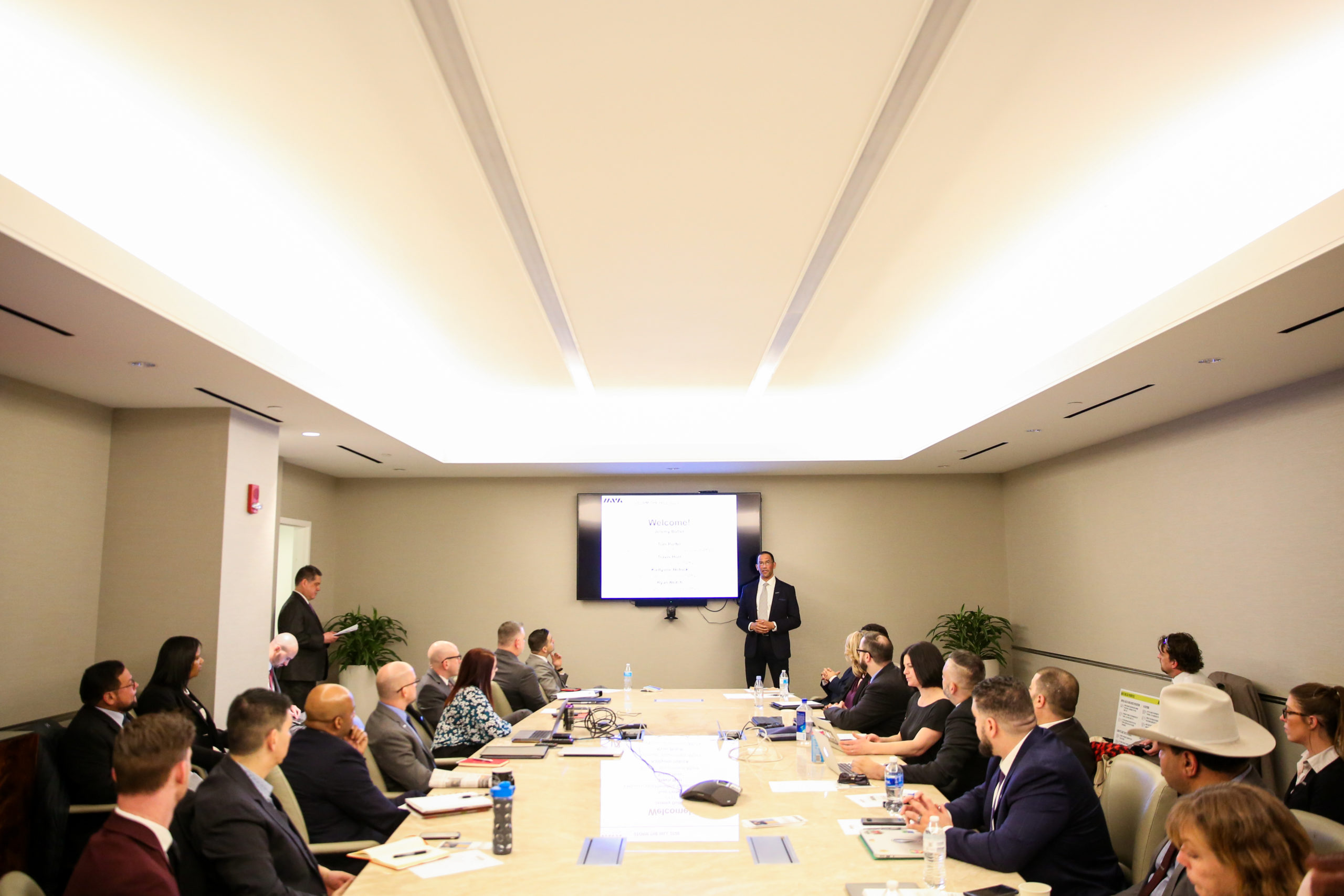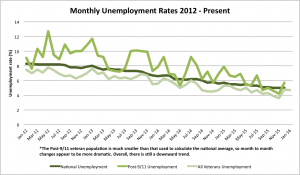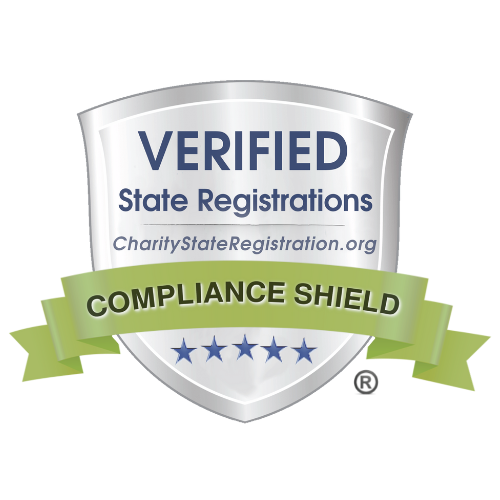IAVA | February 9, 2016
Read: BLS Reports Post-9/11 Vets’ Unemployment Rates Remain Unchanged in January 2016

On Friday, the Bureau of Labor and Statistics (BLS) reported that the unemployment rate for Post-9/11 veterans* remained unchanged at 5.7 percent in January 2016. Among all veterans, unemployment rates decreased slightly from 4.8 percent in December 2015 to 4.7 percent in January 2016. The national unemployment rate decreased slightly from 5.0 percent in December to 4.9 percent in January 2016. While unemployment rates are currently at their lowest rate since 2008, Post-9/11 veterans still have unemployment rates that are higher than those of other veterans, as well as the national average.
As Post-9/11 veterans continue to see higher unemployment rates than other groups of veterans, the national conversation has shifted from hiring to veterans’ long-term career success. This past week, the Institute for Veterans and Military Families at Syracuse University (IVMF) and USAA announced a new employment resource for employers, a series of Workforce Readiness Briefs. These briefs highlight recent research that focuses on employment among veterans and service members.
The first paper, “Work After Service: Developing Workforce Readiness and Veteran Talent for the Future,” provides a series of recommendations for veterans, federal and state government and private employers on best practices in ensuring long-term employment success after separation from the military. The authors cite evidence from a recent survey of 8,500 veterans and service members showing that more than half decided to pursue a career field that differed from their military experience. Beyond hiring veterans, companies can take active steps in building coalitions, sharing best practices and proactively training human resource professionals workforce readiness and cultural considerations unique to the military experience.
As unemployment continues to improve among both veteran and civilian populations, national focus will continue to shift toward retaining veteran employees and investing in their talents. National leaders and those in the private industry can use the recommendations in this series as an important tool to retain veteran and service member employees, while veterans and service members can use them to successfully navigate civilian employment and set themselves on a more successful path.
For more suggestions on how the public, private and non-profit sectors can work together to strengthen support for veterans in the workplace, please see IAVA’s 2015 Policy Agenda.
* Unemployment rates for the post-9/11 generation tend to show more variability, in large part because of the small population sample size used to calculate this rate.
For veterans who are facing hardship due to being underemployed or unemployed, we encourage you to contact our Rapid Response Referral (RRRP) team to get connected with resources to help you. Contact us directly by calling the toll free number: 855-91-RAPID (855-917-2743) emailing transition@iava.org.






